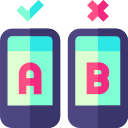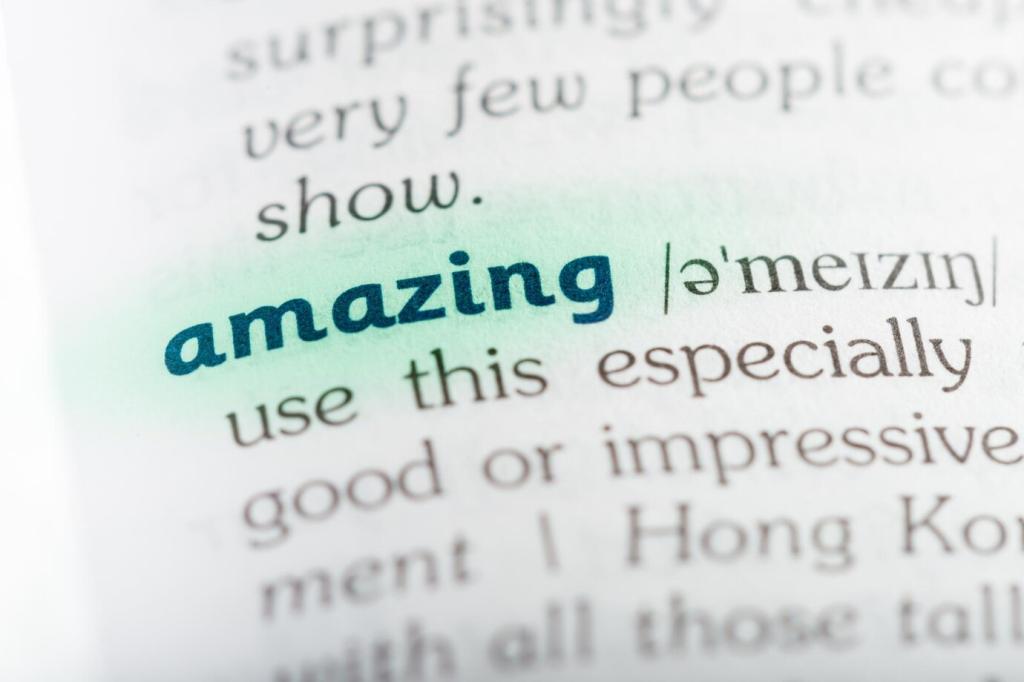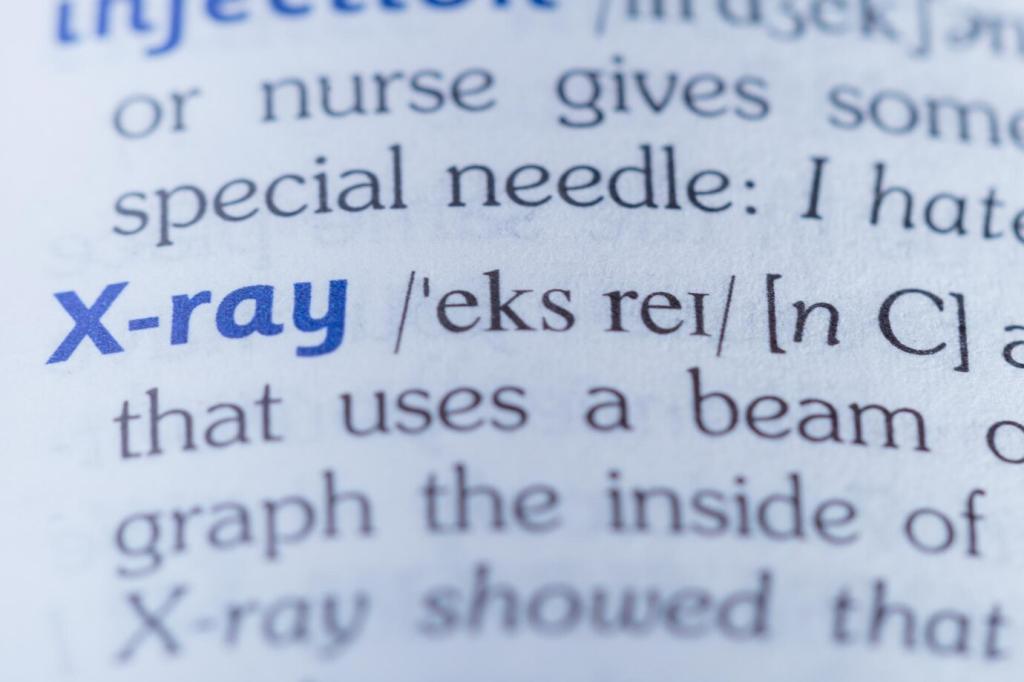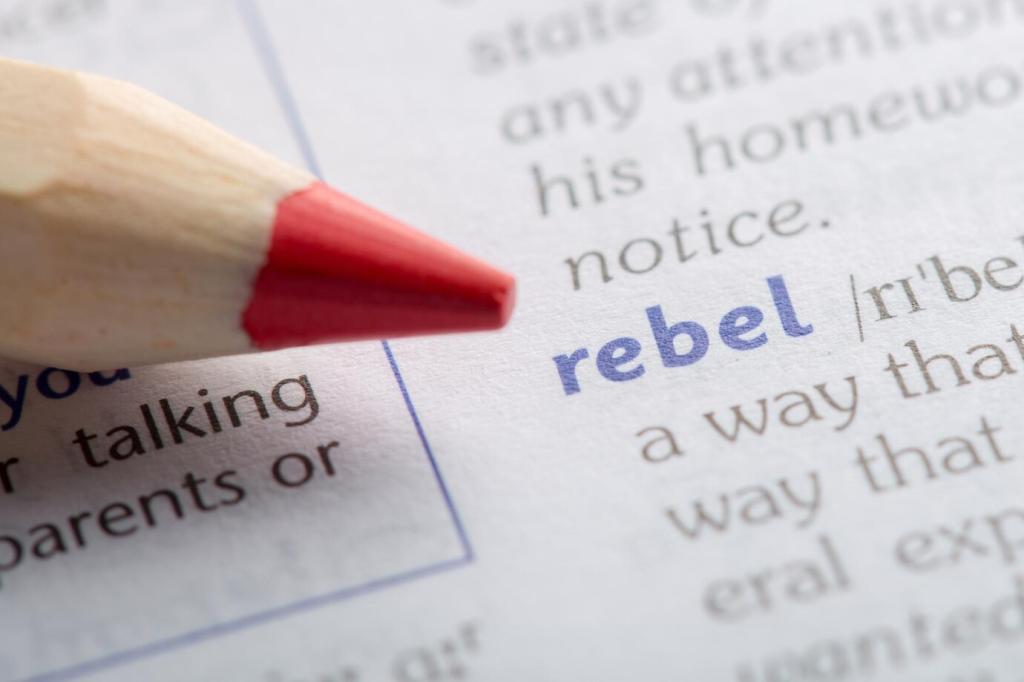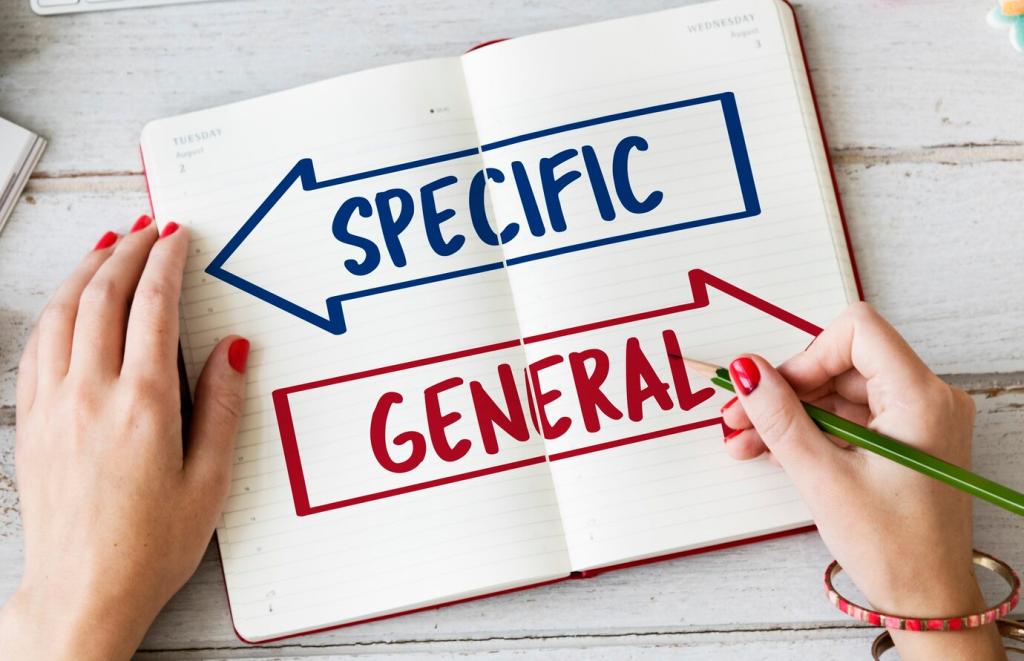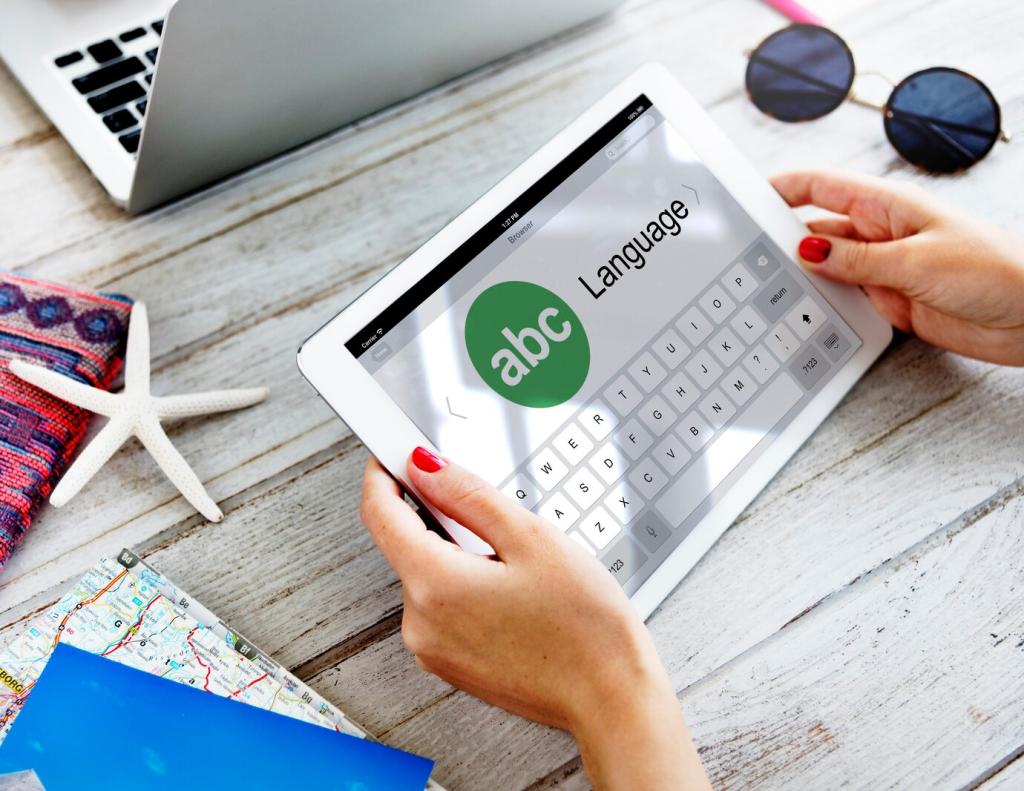The Promise: Where Technology Accelerates Language Acquisition
Well-designed spaced repetition systems strengthen long-term memory by timing reviews just before you forget. In language acquisition, that translates into faster vocabulary growth and more durable recall. Studies consistently show retrieval practice outperforms passive review. Tell us: which SRS cadence actually fits your life, not just your app’s default?
The Promise: Where Technology Accelerates Language Acquisition
Modern speech recognition can flag segmental errors, rhythm issues, and intonation patterns, giving learners rapid, targeted feedback. This makes pronunciation practice accessible between classes and conversations. Yet consistency and accent coverage vary by language. Have you ever felt seen—or misheard—by your app’s microphone? Share your story below.
